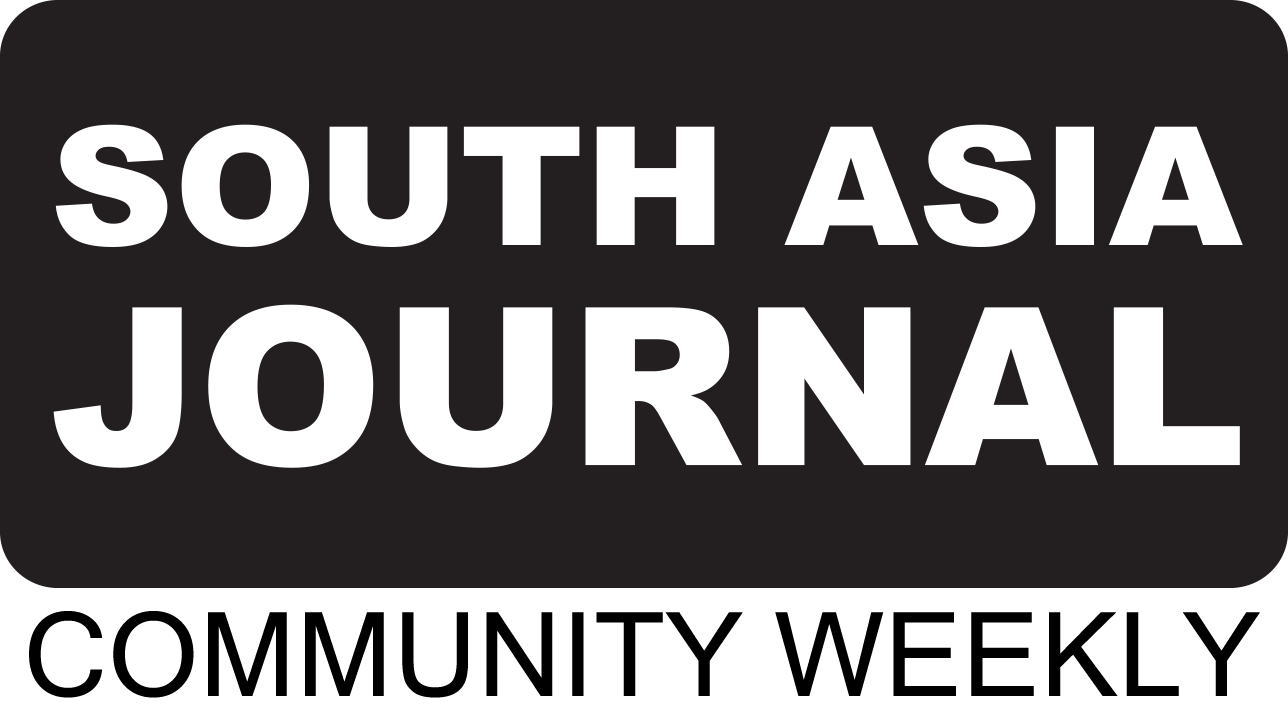Business Outlook Survey―Third Quarter of 2021
Rezaul Haque
Firms anticipate stronger demand as pandemic conditions improve, according to results from the Business Outlook Survey in the third quarter of 2021. However, many businesses face supply constraints that will limit their sales and put upward pressure on their costs. Together, these demand pressures and supply challenges are driving widespread plans to invest, hire staff and increase prices.
Overview
The outlook for domestic and foreign sales remains strong. This is especially true for firms providing hard-to-distance services. These businesses expect to benefit from an easing of some COVID‑19 restrictions and the release of pent-up demand. In contrast, firms in other sectors that have been leading the recovery continue to anticipate an increase in sales but at a slower pace.
In this context, more firms are facing supply-side challenges. Labour shortages are frequent and have intensified from last year when pandemic-related unemployment was high. Supply chain disruptions are more prevalent and have worsened since last quarter. Many businesses anticipate they will persist until the second half of 2022.
Businesses see these constraints affecting their sales and cost structures. A growing number of respondents plan to increase wages to address challenges in attracting and retaining labour. Firms intend to continue passing increases in labour and other input costs on to their customers. Growth in input and output prices remains elevated, but the pace of growth is not expected to pick up.
Firms’ inflation expectations moved up further. The majority of businesses anticipating inflation above 2 percent believe that the drivers of higher inflation are temporary.
More data and charts are available on the Business Outlook Survey Data page.
Positive business sentiment is broad-based
The Business Outlook Survey (BOS) indicator remains elevated (Chart 1). Positive business sentiment is common across regions and sectors. Most firms continue to anticipate healthy growth in both domestic and foreign demand, although for those offering hard-to-distance services this means recovering from low levels. To meet demand and alleviate capacity constraints, most businesses plan to increase their capital expenditures and staffing levels over the next year. Heightened capacity constraints, including labour shortages, also contribute to the high level of the BOS indicator.




